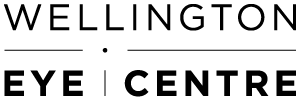Photorefractive Keratectomy, commonly known as PRK, is a type of refractive surgery aimed at correcting vision problems such as myopia (nearsightedness), hyperopia (farsightedness), and astigmatism. PRK was the first type of laser eye surgery for vision correction. It is the predecessor to LASIK (Laser-Assisted In Situ Keratomileusis) and SMILE® (Small Incision Lenticule Extraction). While LASIK and SMILE have gained popularity over the years, PRK remains a viable and effective option for many patients, particularly those with thinner corneas or other conditions that make them less suitable candidates for LASIK or SMILE.
How PRK Works
PRK involves the use of an excimer laser to reshape the cornea, the clear front surface of the eye. By reshaping the cornea, the laser corrects the way light rays are focused onto the retina, thereby improving vision. Here is a step-by-step breakdown of the PRK procedure at the Wellington Eye Centre:
- Preparation: Before proceeding into theatre, the eye is numbed with anaesthetic eye drops. An iodine solution is then applied around the eyes and to the front surface of the eyes.
- During the procedure, an eyelid retractor is used to keep the eye open and prevent blinking.
- Removal of the Corneal Epithelium: Unlike LASIK, which involves creating a flap in the cornea, PRK involves the removal of the thin outer layer of the cornea, known as the epithelium. This is done using a dilute alcohol solution.
- Reshaping the Cornea: Once the epithelium is removed, an excimer laser is used to precisely reshape the cornea. The laser emits a cool ultraviolet light beam that removes microscopic amounts of tissue in a controlled manner. The amount of tissue removed depends on the patient’s specific refractive error.
- Recovery: After the laser reshaping is complete, a soft contact lens is placed on the eye to act as a bandage. This promotes healing and reduces discomfort. The epithelium naturally regenerates and grows back over the corneal surface within a few days.
The Evolution of PRK
PRK was first performed in the 1980s and received FDA approval in the United States in 1995. It represented a significant advancement in vision correction, offering an alternative to glasses and contact lenses. PRK’s development paved the way for the creation of LASIK and SMILE, which have become more popular due to their faster recovery times and less discomfort. However, PRK has seen a resurgence in recent years as technology and techniques have improved, making it a safer and more effective option for a broader range of patients.
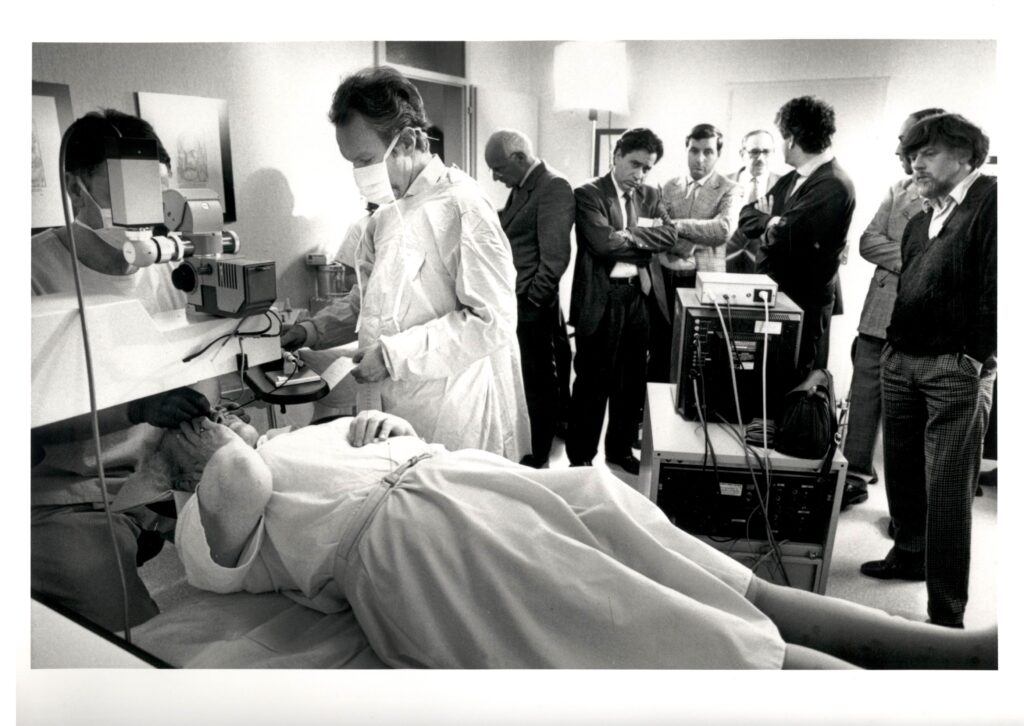
Benefits of PRK
Despite the popularity of LASIK, PRK offers several unique benefits that make it an appealing option for certain patients:
- No Flap Complications
Since PRK does not involve creating a corneal flap, there is no risk of flap-related complications, such as dislocation or infection. - Suitable for Thin Corneas
Patients with thin corneas or other corneal irregularities may not be good candidates for LASIK but can often undergo PRK safely. - Uniform Corneal Thickness
PRK maintains a stronger cornea after surgery than LASIK, which can be advantageous in cases where corneal strength is a concern. - Lower Risk of Dry Eye
Some studies suggest that PRK may have a lower risk of postoperative dry eye compared to LASIK, as the corneal nerves responsible for tear production are less disrupted. - Effective and Predictable Results
PRK has a long track record of providing effective and predictable vision correction, with many patients achieving 20/20 vision or better.
Drawbacks and Considerations
While PRK offers many benefits, it also comes with some drawbacks and considerations that potential patients should be aware of:
- Longer Recovery Time
The recovery period for PRK is generally longer than for LASIK. It can take several days for the epithelium to heal and a few weeks to achieve good vision. Patients may experience blurry vision and discomfort during the initial healing phase. - Discomfort During Healing
Removing the corneal epithelium can cause more discomfort during healing than LASIK. Patients may experience pain, light sensitivity, and a foreign body sensation in the eye. - Risk of Haze
In some cases, patients may develop corneal haze, a condition where the cornea becomes cloudy. This risk is higher with higher levels of correction, but modern techniques and medications have significantly reduced this complication. - Multiple Follow-Up Visits
Patients undergoing PRK attend more follow-up visits to monitor the healing process and ensure the best possible outcome.
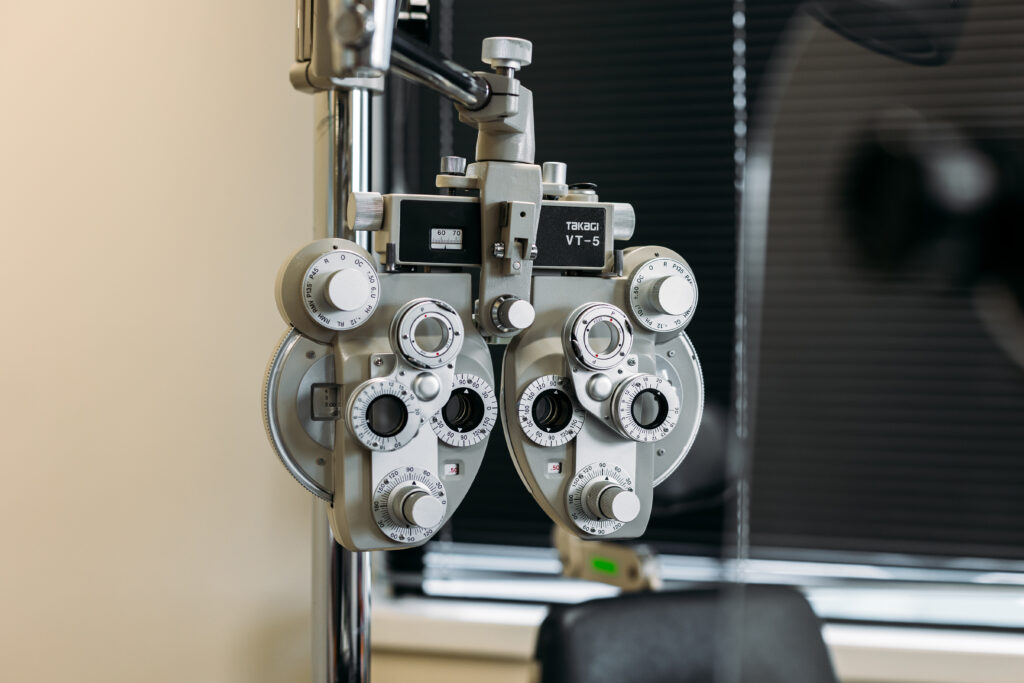
Ideal Candidates for PRK
PRK is suitable for a wide range of patients, but certain individuals may be particularly good candidates:
- Thin Corneas
Patients with thin corneas who are not eligible for LASIK may be good candidates for PRK. - Active Lifestyles
Individuals who participate in contact sports or other activities where there is a risk of eye injury may prefer PRK, as there is no risk of flap complications. - Occupational Requirements
Certain professions, such as military personnel and pilots, may have restrictions on LASIK or SMILE but allow PRK due to its longer track record and safety profile. - Previous Eye Surgeries
Patients who have undergone previous eye surgeries or have certain eye conditions may be better suited for PRK.
Advances in PRK Technology
Advancements in technology and surgical techniques have significantly improved the outcomes and safety of PRK. Some of these advancements include:
- Wavefront-Guided Technology
This technology allows for more precise measurements and customized treatments, resulting in better visual outcomes and reduced risk of side effects. - Mitomycin-C
This medication is used during PRK to reduce the risk of corneal haze. Particularly in patients with higher levels of correction or repeat treatments. - Faster Laser Systems
Modern excimer lasers are faster and more efficient, reducing the time needed for the procedure and improving patient comfort. - Improved Postoperative Care
Advances in postoperative care, including the use of bandage contact lenses and better pain management strategies, have made the recovery process much more comfortable for patients.
The PRK Procedure: Step-by-Step
To give a clearer picture of what patients can expect, here’s a detailed step-by-step overview of the PRK procedure:
- Preoperative Evaluation: Before the surgery, a comprehensive eye examination is performed to assess the patient’s vision, corneal shape and thickness, and overall eye health. Measurements are taken to determine the amount of correction needed. At this stage, your surgeon will make recommendations on what surgery you’re suitable for.
- Anaesthesia: Anaesthetic eye drops are applied to numb the eye. This ensures the patient is comfortable throughout the procedure.
- Removal of the Epithelium: The surgeon removes the corneal epithelium using an alcohol solution and a specialized instrument.
- Laser Reshaping: The excimer laser is then used to reshape the cornea. The laser is controlled by a computer programmed with the patient’s specific measurements and eye-tracking technology. The reshaping process takes less than a minute per eye.
- Bandage Contact Lens: After the laser treatment, a soft contact lens is placed on the eye to protect it and promote healing. This lens acts as a bandage, reducing discomfort and aiding the regrowth of the epithelium.
- Postoperative Care: Patients are given detailed instructions for postoperative care, including the use of prescribed eye drops to prevent infection and reduce inflammation. Follow-up visits are scheduled to monitor the healing process and ensure optimal results.
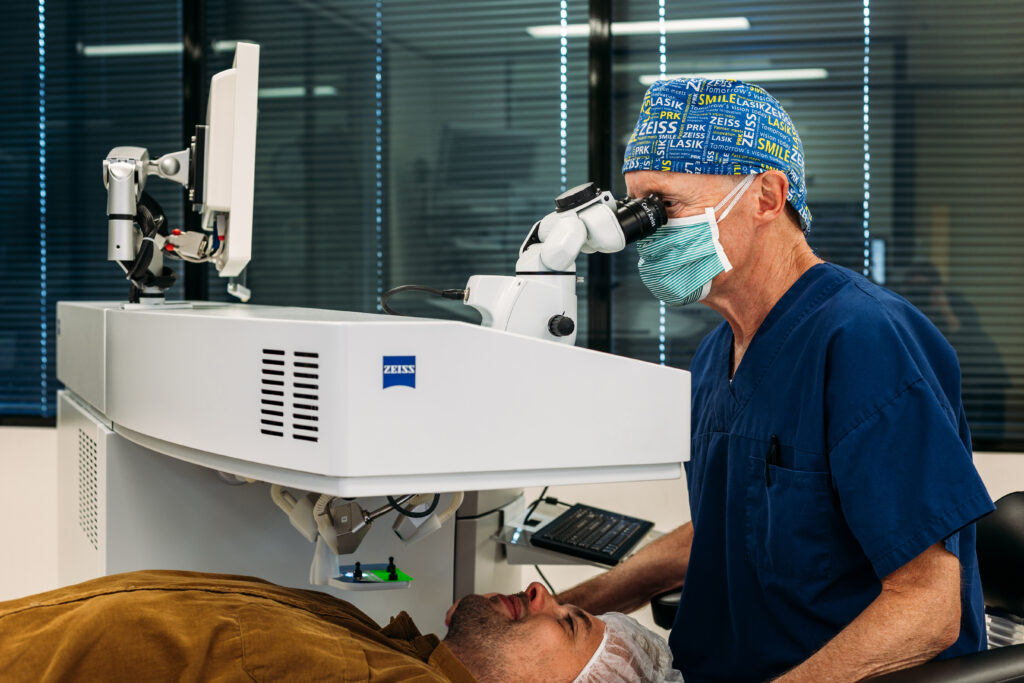
Recovery and Results
The recovery process for PRK varies from patient to patient, but generally follows this timeline:
- First Few Days: During the first few days after surgery, patients may experience discomfort, light sensitivity, and blurry vision. Pain medication and lubricating eye drops can help manage these symptoms.
- First Week: The epithelium begins to heal, and vision gradually improves. The bandage contact lens is typically removed at one week.
- First Month: Vision continues to stabilize and improve. Most patients can resume normal activities, although it’s important to avoid strenuous activities and protect the eyes from injury.
- Three to Six Months: Final visual outcomes are usually achieved within three to six months. Patients should continue attending follow-up appointments to ensure proper healing and address any concerns.
Long-Term Outcomes
PRK has a long track record of providing safe and effective vision correction. Studies have shown that the majority of patients achieve 20/20 vision or better after the procedure. Additionally, PRK results are stable over the long term, with most patients enjoying improved vision for decades after surgery.
Conclusion
Photorefractive Keratectomy (PRK) remains a valuable option for vision correction, offering a safe and effective alternative to glasses, contact lenses, and other refractive surgeries. With advancements in technology and techniques, PRK continues to provide excellent visual outcomes for a wide range of patients. Several medical studies have shown that final visual outcomes are as good as those with LASIK surgery – it just takes a bit longer to get there! Whether due to thin corneas, active lifestyles, or occupational requirements, PRK offers a reliable solution for those seeking to improve their vision and quality of life.
As with any medical procedure, potential patients need to undergo a thorough assessment to determine which is the best procedure – PRK, LASIK or SMILE – for correcting their vision. At the Wellington Eye Centre all three procedures cost the same amount of money because we want our clients to choose their refractive surgery procedure based on what is best for their eyes, not on cost.
If you are interested in having laser eye surgery then give us a call on 0800 733 327. Or fill out the book a free assessment and someone from our team will get back to you with more information. We’d love to hear from you!
VisuMax® and SMILE® are registered trademarks of Carl Zeiss Meditec.

How Much Does Laser Eye Surgery Cost in 2025?

SMILE into Summer

What are the visual requirements to join the Police in NZ?

What are the differences between SMILE, LASIK and PRK laser eye surgery?

Eight things our patients LOVE about having had laser eye surgery – the NZ winter edition!
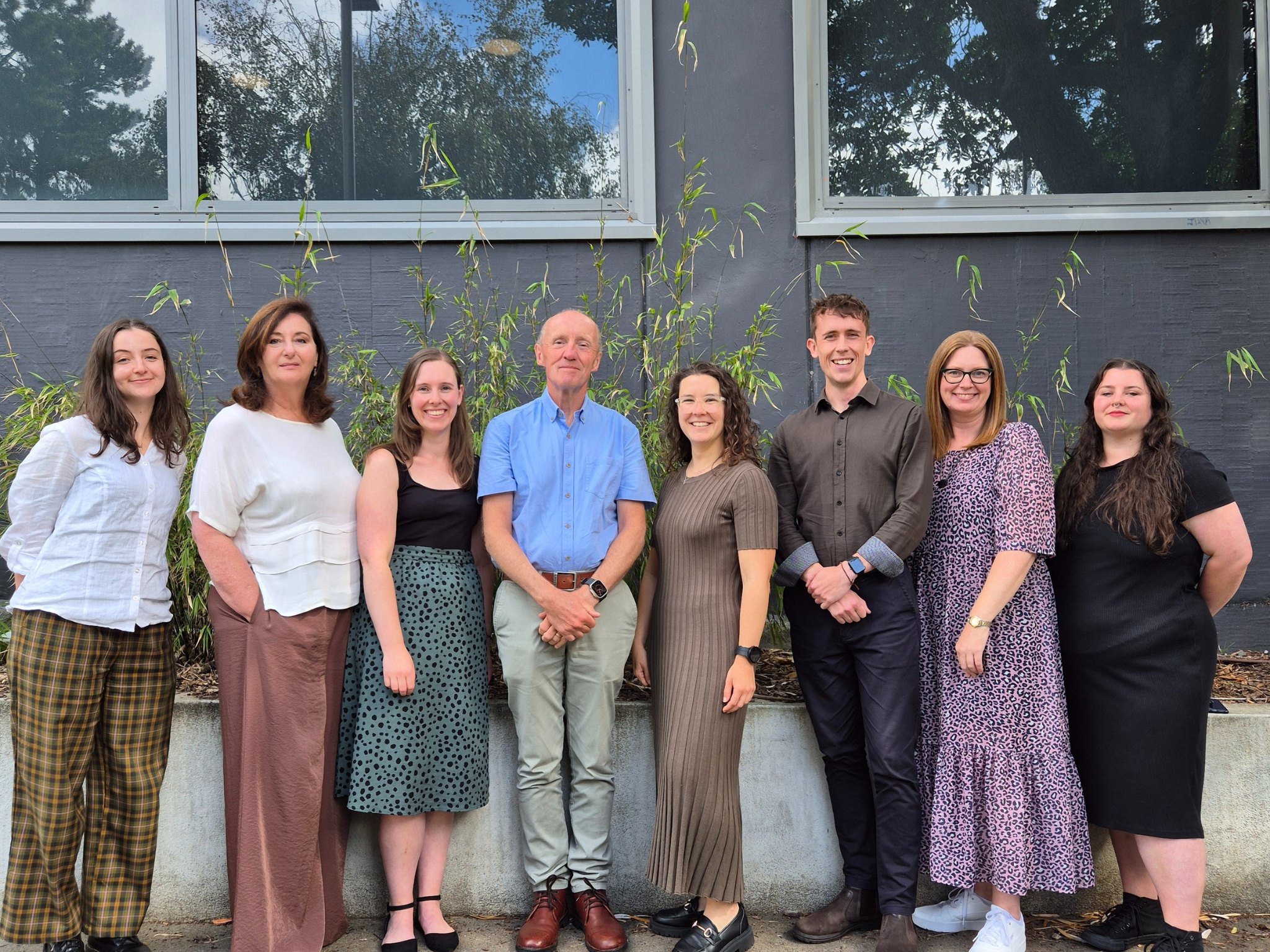
Meet The Team at the Wellington Eye Centre

How Much Does Laser Eye Surgery Cost in 2025?

SMILE into Summer

What are the visual requirements to join the Police in NZ?

